---------------------------------------------------------
If you are a human who enjoys the internet you have surely come across hundreds of articles, social media posts, and news stories about essential oils. Some claim they can cure diseases & illnesses, clean your home, improve your mood, keep you young & beautiful, and even make you rich by selling them. So what is this miracle liquid and how do you get your hands on some?
I am NOT here to sell you on any specific brand or even convince you to use essential oils, just to help those new to the world of essential oils with some non-bias advice. I do not work for and am not sponsored by any essential oil company. Let’s chat about what essential oils are and how to choose a quality oil. (want to skip ahead to Part II Using Essential Oils click here, or to Part III Must Have Oils & Blending Recipes click here!)
What are essential oils?
The dictionary says essential oils are “a natural oil typically obtained by distillation and having the characteristics & fragrance of the plant or other source from which it is extracted”. Basically, essential oils are super concentrated oils that come from plants (depending on the plant it could come from the seed, leaves, flowers, roots, or bark).
Because they are so super concentrated, a little goes a long way. Some plants yield more oil than others, which of course translates into higher prices for some oils. A small 0.50 oz bottle of lemon essential oil takes roughly 9 pounds of lemons to produce. A 0.50 oz bottle of rose essential oil can take about 90 pounds of roses!
Essential oils aren’t a new fad, they have been around for thousands of years – from hundreds of Biblical references to evidence that ancient civilizations from Egypt to Greece to China used essential oils as an important medicinal & ceremonial tool.
Therapeutic Grade? Grade A? Natural? Unadulterated?
There are lots of labels thrown around in the essential oil world. Unfortunately, most of them mean absolutely nothing and are simply marketing ploys to get you to spend more money. In the United States there are currently no standards, regulations, or grading scales for essential oils.
The term “therapeutic grade” is one most consumers feel safe trusting. **There is NO regulatory standard for this term in the industry** Let me say that again – “therapeutic grade”, “medicinal grade”, “grade A” or any other “grading” system is only marketing. It gives off the appearance that the oil has been approved and regulated by some government entity but this is nothing more than a clever way to make money. I am not saying oils marked “therapeutic grade” are bad, I am just saying don’t give it weight in deciding which oil to buy. The term was coined in the 1990s by a huge multi-level marketing company, and the “seal” they use for it is nothing more than a commercial trademark that they invented, registered, and paid for.
“Natural” is another term that doesn’t mean much. Yes, plants are natural, but that doesn’t mean it is nontoxic or irritating, and using the term natural doesn’t speak at all to the quality of the oil. Likewise simply saying “organic” doesn’t mean anything in the US for essential oils. Depending on the claim the oil is making, some European companies may have to prove the oils were produced from plants that were grown organically or were wild harvested to claim the “organic” label.
BUT a big distinction here is if the brand you are buying specifically says “USDA Certified Organic” AND features the accompanying seal. To use that seal actually does mean the growing & harvesting process has to follow USDA organic guidelines or the company can get in trouble with the USDA. So look for the seal, otherwise, there is no assurance beyond the company’s word that the plants are organically grown.
Some other terms that can have meaning are “authentic” or “pure”, meaning the essential oil is only from that specified plant, and “unadulterated” which means the oil is not diluted or mixed with a carrier oil. But again, because standards for quality control in the industry do not yet exist, there is no one overseeing the production, so you are simply taking the company’s word.
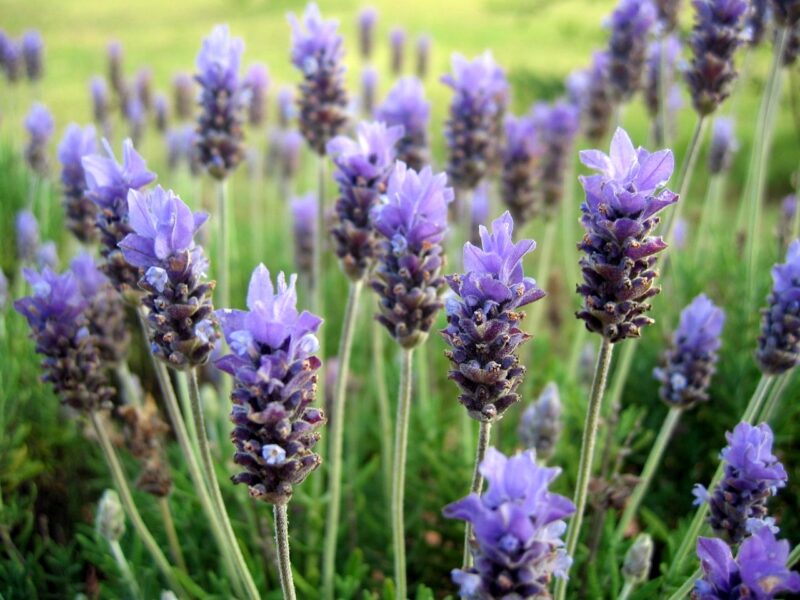
How to choose your essential oils
With so much marketing and so little oversight, how does the average consumer go about buying essential oils without getting ripped off?
I would suggest the first step is determining what your intended use for the oil is. Are you looking for a natural fragrance for home cleaning products or room freshening? If that is the only use, you can probably get away with some lesser quality/costing oils. You can find some great deals on decent quality oils on Amazon (I have personally used Now & Sun Essentials for this type of use and found them to be reasonable prices on authentic-smelling oils).
The brand of essential oils I use most often are from New Directions Aromatics. New Directions is a wholesale essential oil company, I love that they give you all the background information on the oil (like its country of origin), and they offer multiple botanical varieties of most oils so you can get exactly what you are looking for. The only downside is that they add a service fee for orders under $100, so you just have to plan ahead and order in bulk.
If you are hoping to experience some of the medicinal qualities of a certain oil, I would do some research into the brand before you buy. Here are some things to look for in potential brands:
It should list the common name & Latin botanical name
With this, you know exactly what you are getting. Take chamomile for example. There are several varieties of chamomile, but the two most often used in aromatherapy are Roman (Anthemis nobilis) and German (Matricaria recutita). While both do have soothing properties, German is better for anti-inflammatory and infection fighting with a grassy, sort of straw-like scent, while Roman is an excellent anti-fungal and is highly calming with a floral, slightly apple scent.
Country of origin
This might not mean a lot to you as a novice, but quality can vary from country to country for different oils. The earliest and best-known source of frankincense is the country of Oman on the Arabian Peninsula. Oman still has a reputation for producing superior-quality frankincense trees that deliver the highest-grade resin for essential oils. Even if you don’t know the country of origin you are looking for on every oil, the fact that the brand you are considering is providing this information means they have nothing to hide, are proud of their source, and are looking to appeal to certified aromatherapists who know what to look for.
Type of extraction
There are lots of methods of extracting oils from the plant material. In general, steam distillation & water distillation are considered the best methods for quality oil, but some botanicals won’t stand up to these methods. Many aromatherapists will stay away from solvent-extracted oils (where the plant is dissolved in a chemical solvent and then evaporated away) for fear remnants of the chemical will remain. Solvent extracted oils will be labeled as “absolutes”.
Knowing how your oil was extracted can sometimes make a difference. For instance, with citrus oils like lemon, there are two popular methods, cold pressing and steam distilling. Cold pressing will give you a scent identical to the citrus fruit & peel, but they can also sometimes gum up your diffuser or stain clothing. Distilled citrus oils do not have that problem, and are also less photosensitizing (won’t cause sunburn when you go out in the sun), which is important if you plan to use the oil in leave on beauty products such as lotion.
Is the essential oil pure?
Sometimes companies will blend less expensive essential oils or carrier oils in with expensive oils to keep costs down. Some unscrupulous companies will even blend in synthetic fragrance oils. The diluted mixtures may affect how well a product works if you are hoping for medicinal results.

Information overload?
All this information can be overwhelming, especially when you are starting out. People study herbs for decades and still don’t know everything there is to know (I am definitely far from an expert!). Some fast & dirty tips for picking essential oils:
Compare costs
The price for essential oils can vary a ridiculous amount. Rose essential oil is one of the priciest oils. When writing this post in 2017, Young Living sells a 5 ml (0.17 oz) bottle of rose essential oil (Rosa damascena) for almost $250. Rocky Mountain Oils sells its 5 ml (0.17 oz) bottle of rose oil (Rosa damascena) for $262. Now Essential Oils sells their Rose Absolute (Rosa centifolia) for $10 for a 1 oz bottle.
When you see a crazy low price like that you have to know it’s too good to be true. Reading the fine print for the Now Rose you will see it is only 5% rose oil, diluted in a carrier oil. Also the mention of it being an absolute means the 5% rose oil was obtained by solvent extraction. That is all well and good if you just want a rose scent for your diffuser or homemade lotions, but if you are looking for concentrated beauty benefits, you will get better results from the higher priced, non diluted ones. I am not bashing Now Essential Oils, I have used them and had good experiences, I am just using their Rose Absolute as an example.
If a brand offers all its essential oils at the same price, run. That is a huge red flag that the oils are synthetic because producing something like rose oil is way more expensive than producing orange oil and it should be reflected in the price.
Read reviews
Read impartial online reviews from real people (don’t just listen to MLM reps talk about their own product or testimonials posts by a company). Better yet, find a knowledgeable friend, herbalist, or certified aromatherapist and ask what brands they love.
Get to know the original botanical
Exercise that nose! Try to find actual examples of the original plants to sniff so you can compare them to the scent of the oil. Some will be hard to find where you live, but some of the more common plants like lavender, chamomile, or citrus should be easier. The more you use your nose to detect scents, the better you will be at it, then you can use that skill to sniff out the real deal vs the fake oils.
Find a small, dedicated company
I know this is a huge generalization, but small passionate companies are, in general, going to provide you with a better quality product, with more control over their sources vs the huge company that sells to every grocery store chain in the country
Ready for more essential oil goodness?? Check out Part II of my Essential Oils for Beginner – how to use essential oils, and Part III to find out my favorite, must have oils & blending recipes!
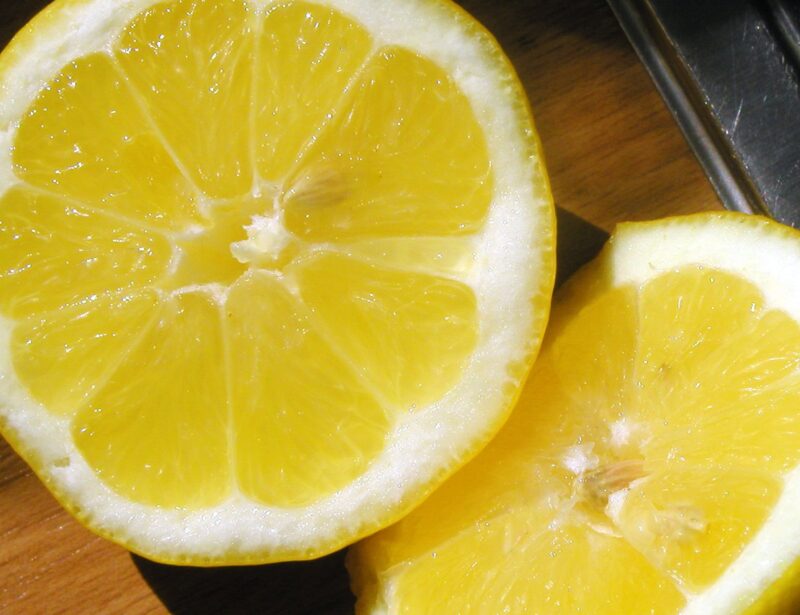
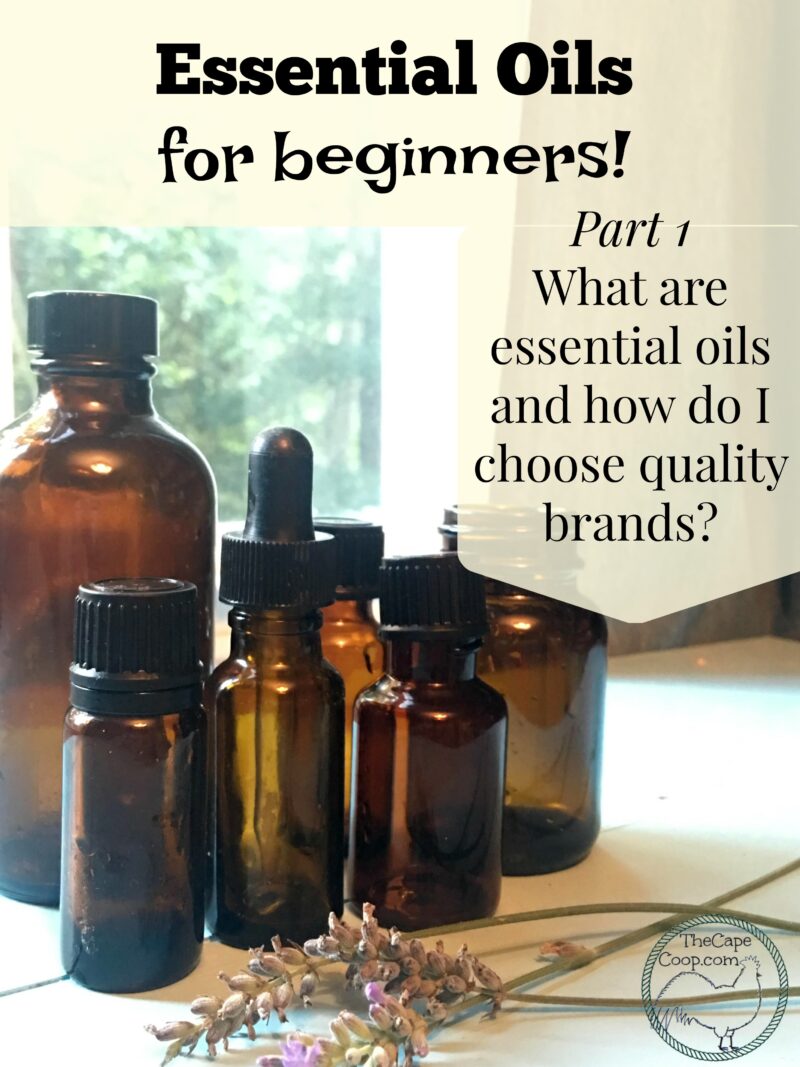

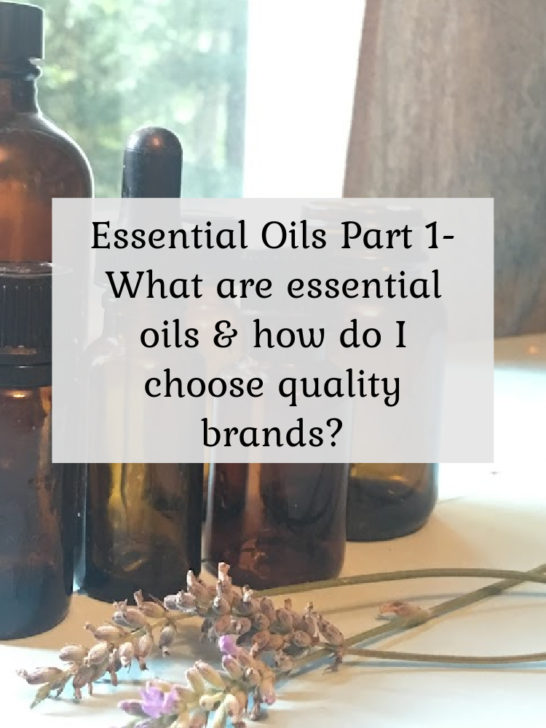

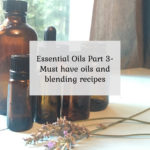

joshua wienholt
Friday 3rd of July 2020
Your blog is amazing and it's really helpful, it gives a lot of information on how to choose essential oils.
Deb Well
Monday 18th of May 2020
You say, “Organic doesn’t mean anything in the US, in the US there is no such oversight.” I am paying an arm and a leg for my organic essential oils. Their company claims, “The Organic Certification Process was defined by the USDA and is monitored by the National Organic Program (NOP) guide lines. The certifying agents job is to verify that organic integrity is maintained” They assure me their products contain no synthetic nitrogen fertilizers, toxic pesticides, or GMO’s. I would like to know the source of your claims, please.
Liz
Monday 18th of May 2020
Hi Deb- essential oils themselves are not regulated by USDA because they are classified as a cosmetic (or sometimes a drug if the company is making medical claims which then falls to the FDA). The FDA does not have regulations defining the terms “organic” or “natural” (from the FDA website https://www.fda.gov/cosmetics/cosmetic-products/aromatherapy and also click here for the FDAs page on organic cosmetics https://www.fda.gov/cosmetics/cosmetics-labeling-claims/organic-cosmetics). So any company can say their essential oils are “organic” with no need to prove this to anyone. BUT a big distinction here is if the brand you are buying specifically says “USDA Certified Organic” with the accompanying seal. To use that seal actually does mean the growing & harvesting process has to follow USDA organic guidelines or the company can get in trouble with the USDA. So look for the seal, otherwise there is no assurance beyond the company’s word that the plants are organically grown.